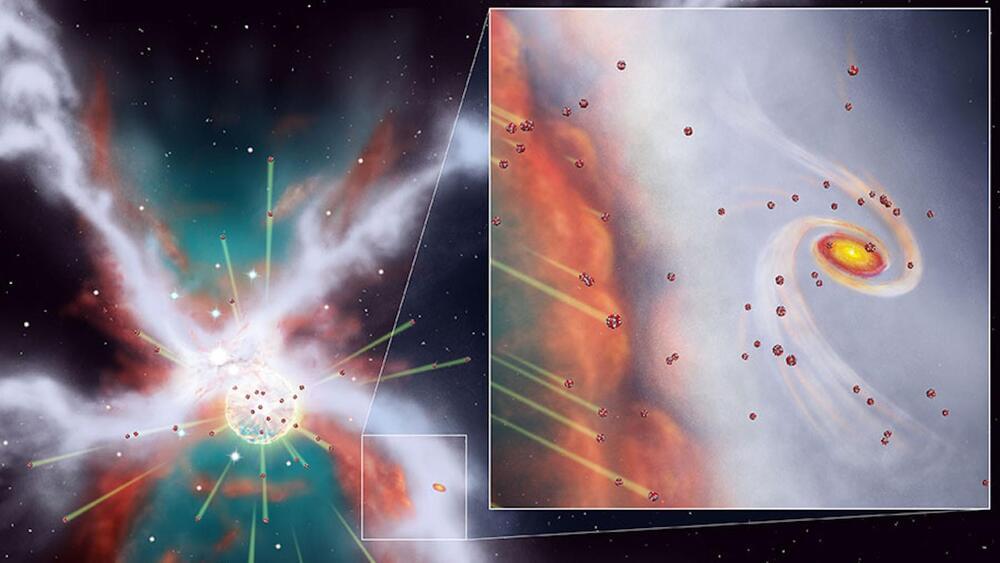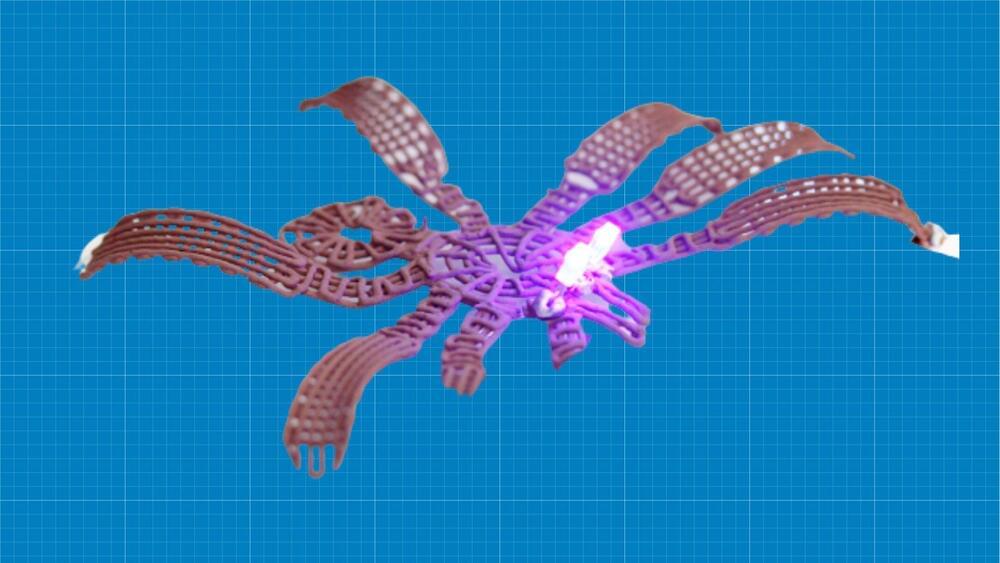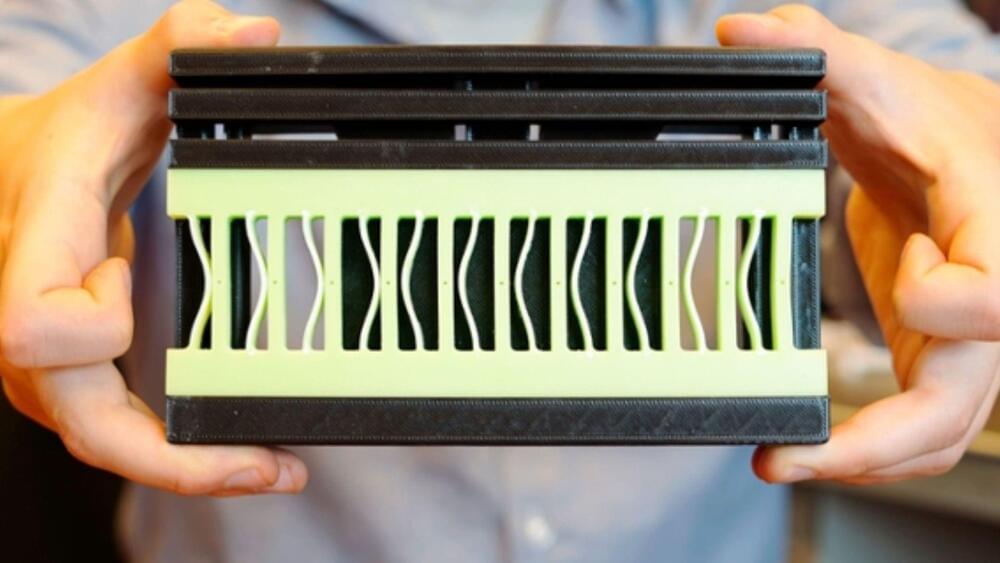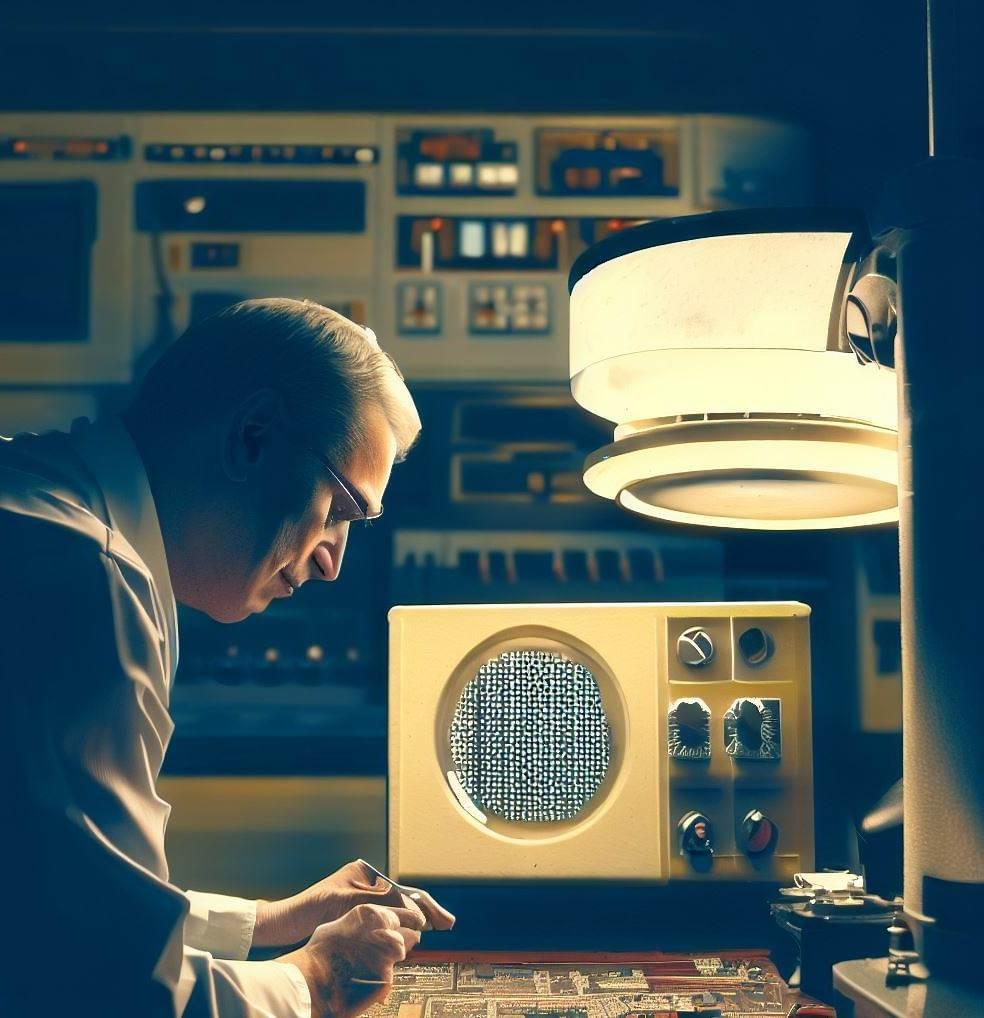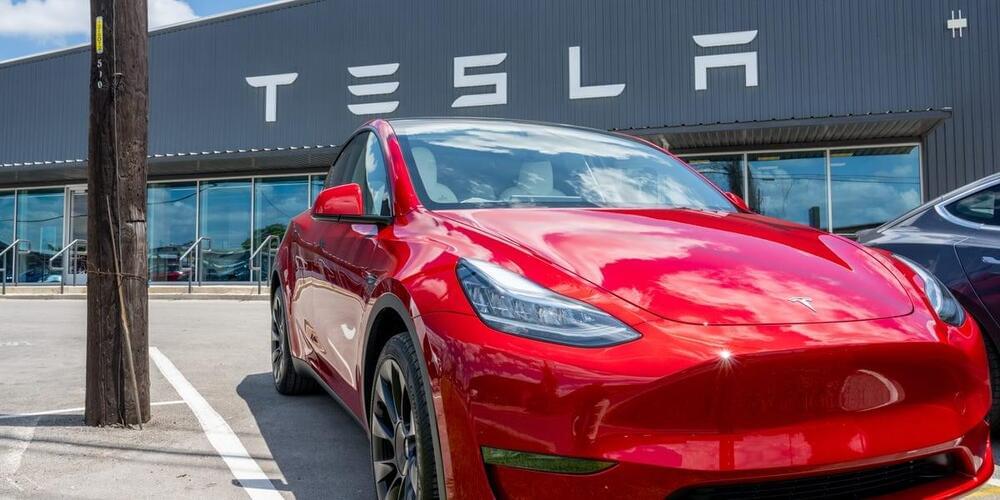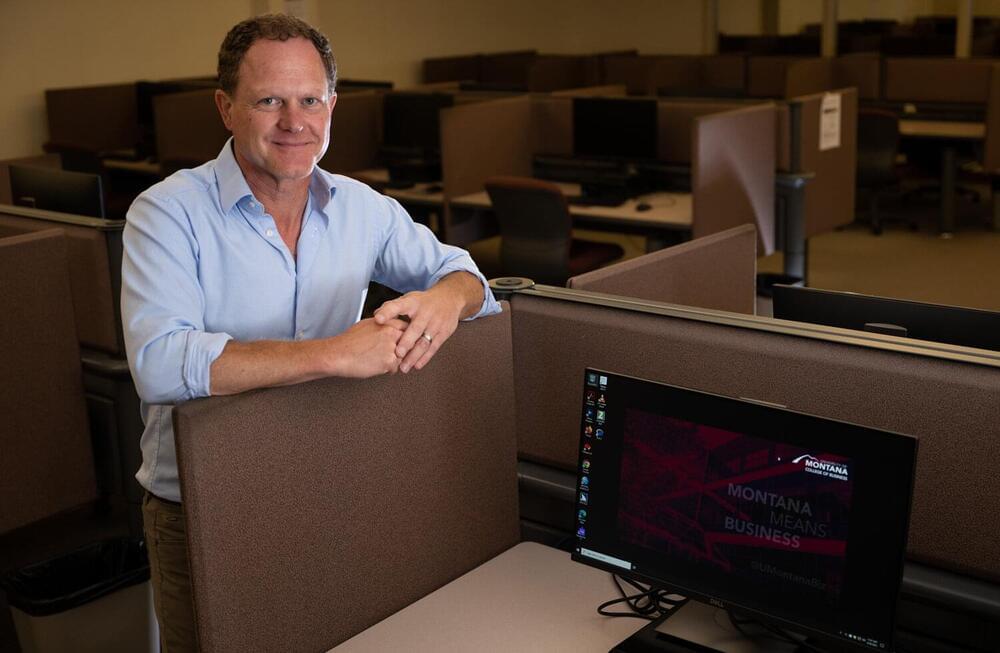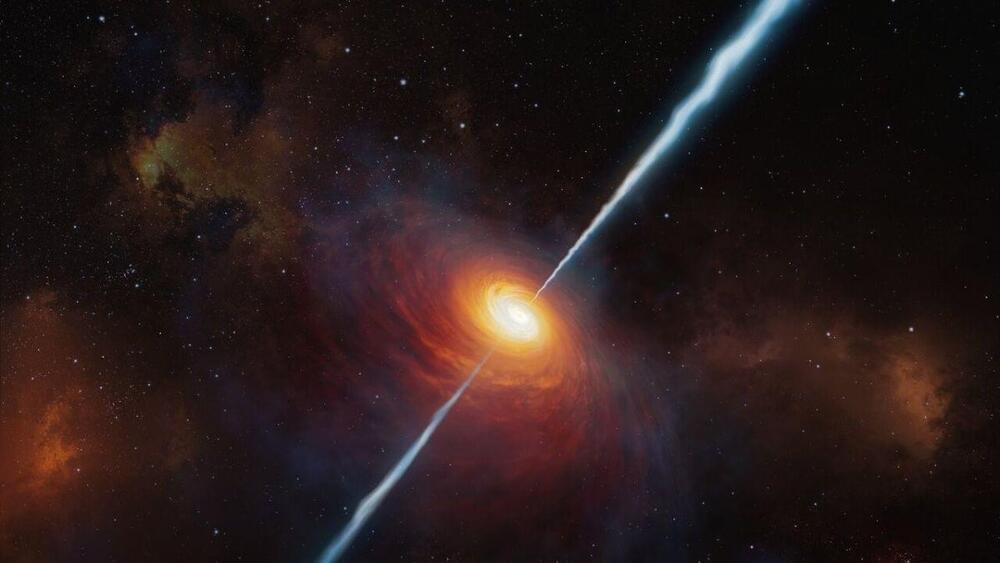Jul 6, 2023
A supernova may have come very close to destroying the early solar system
Posted by Gemechu Taye in categories: cosmology, evolution
A new paper suggests the early solar system was shielded from the destructive force of a dying star.
Our sun may have been shielded from a massive supernova explosion by a shield of molecular gas during the early evolution of our solar system, a press statement reveals.
The researchers, led by National Astronomical Observatory of Japan astrophysicist Doris Arzoumanian, believe their findings could shed light on the early formation of the solar system at the same time as helping us better understand how distant star systems evolve over time.
